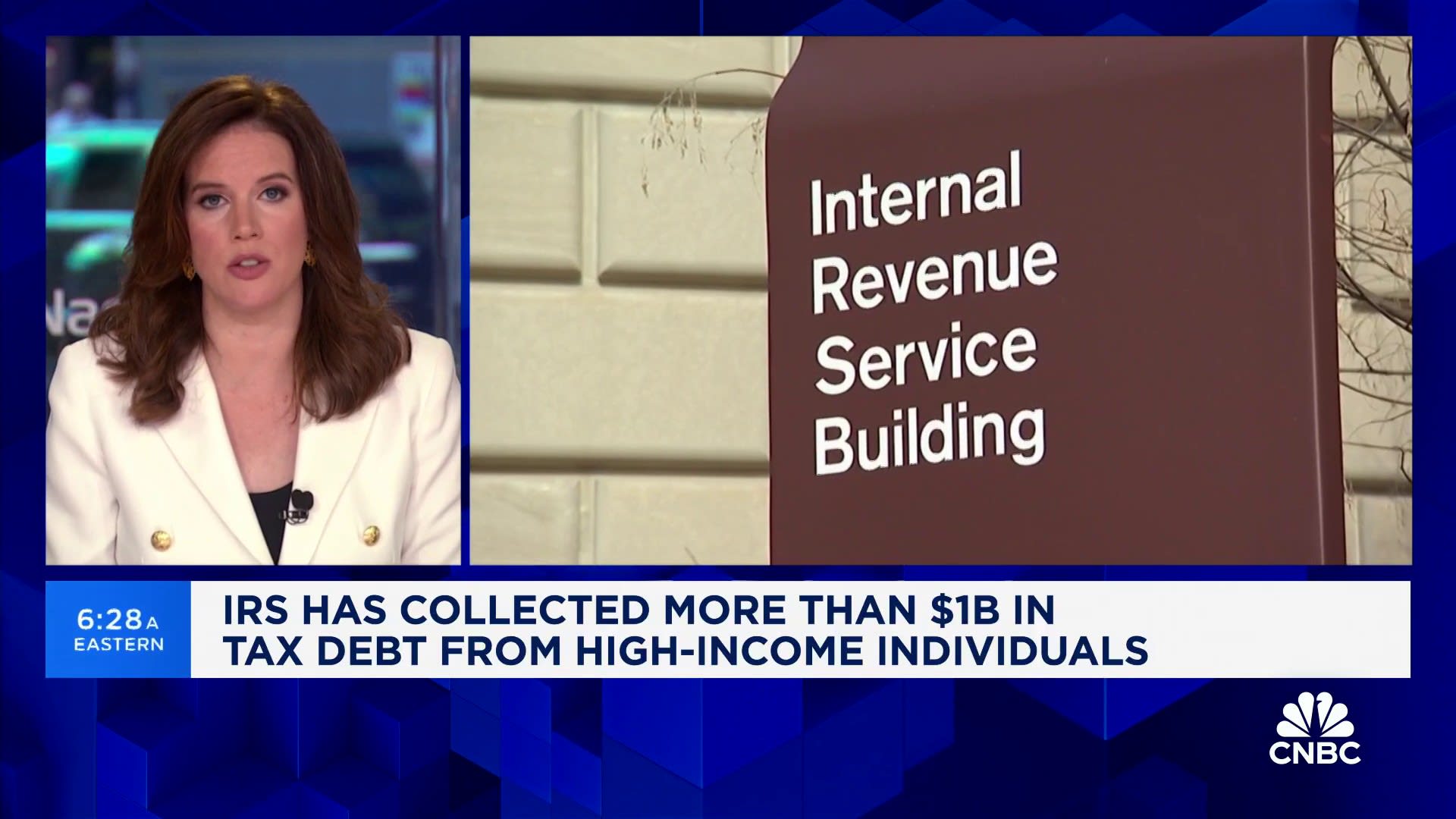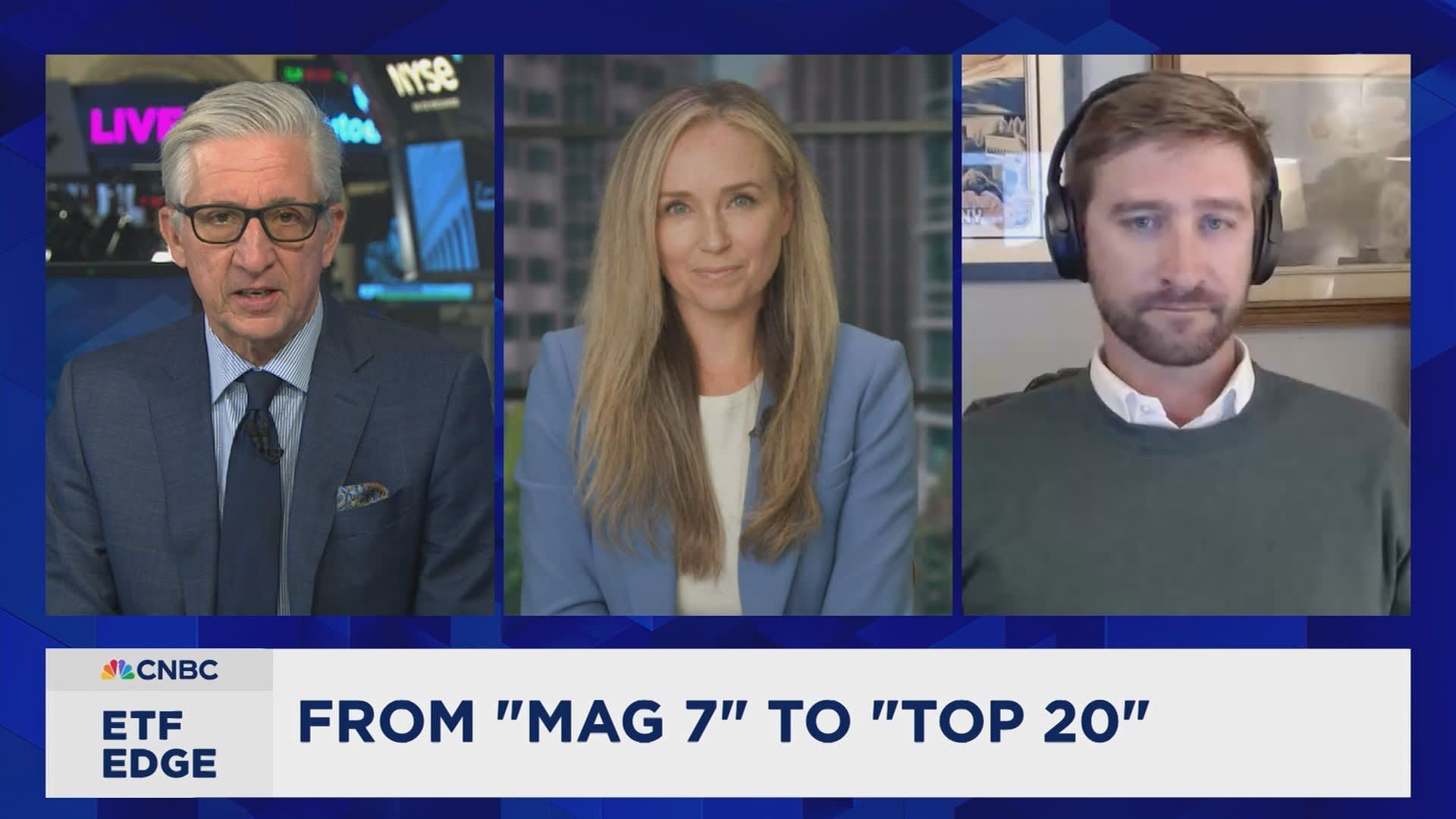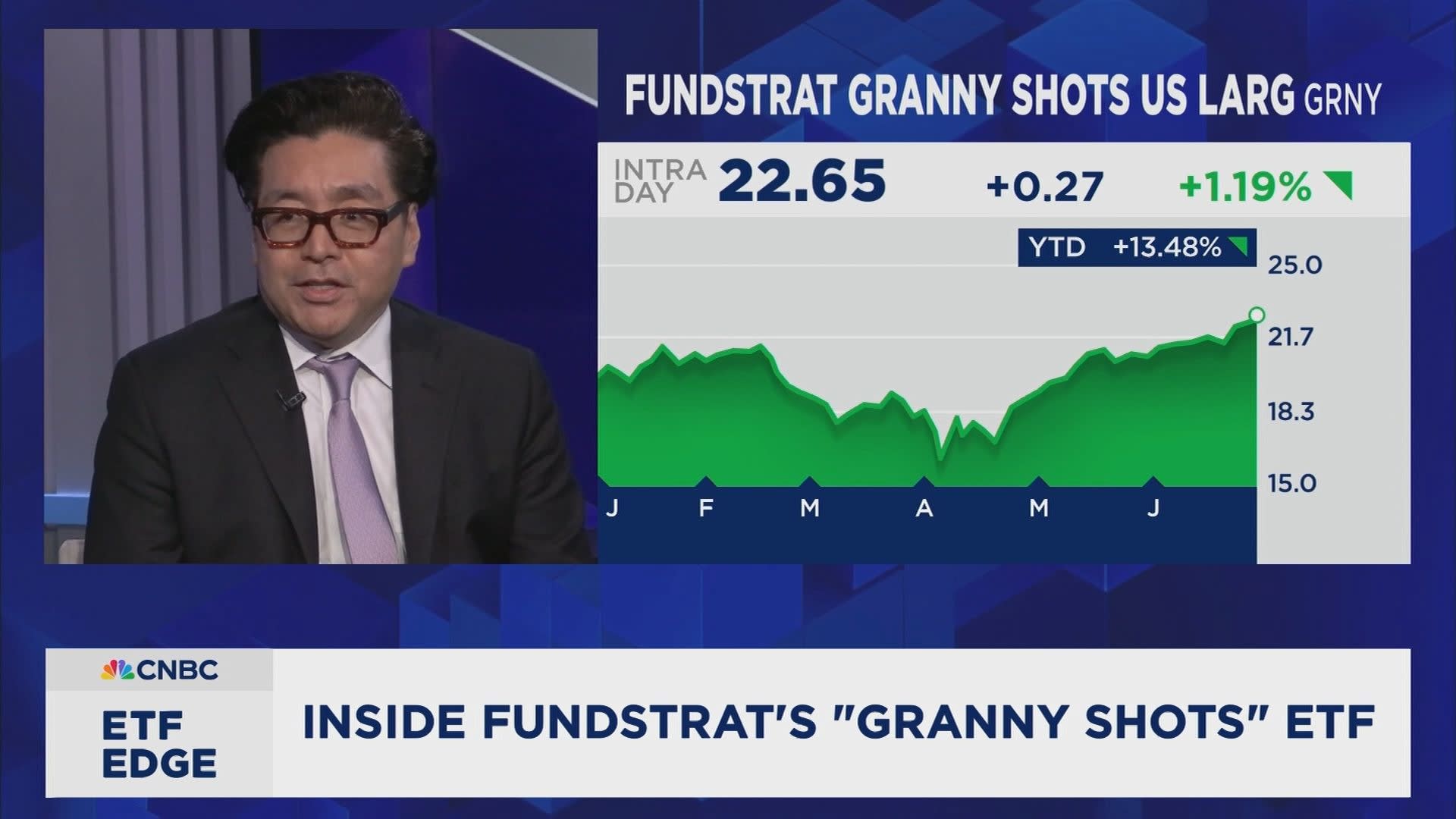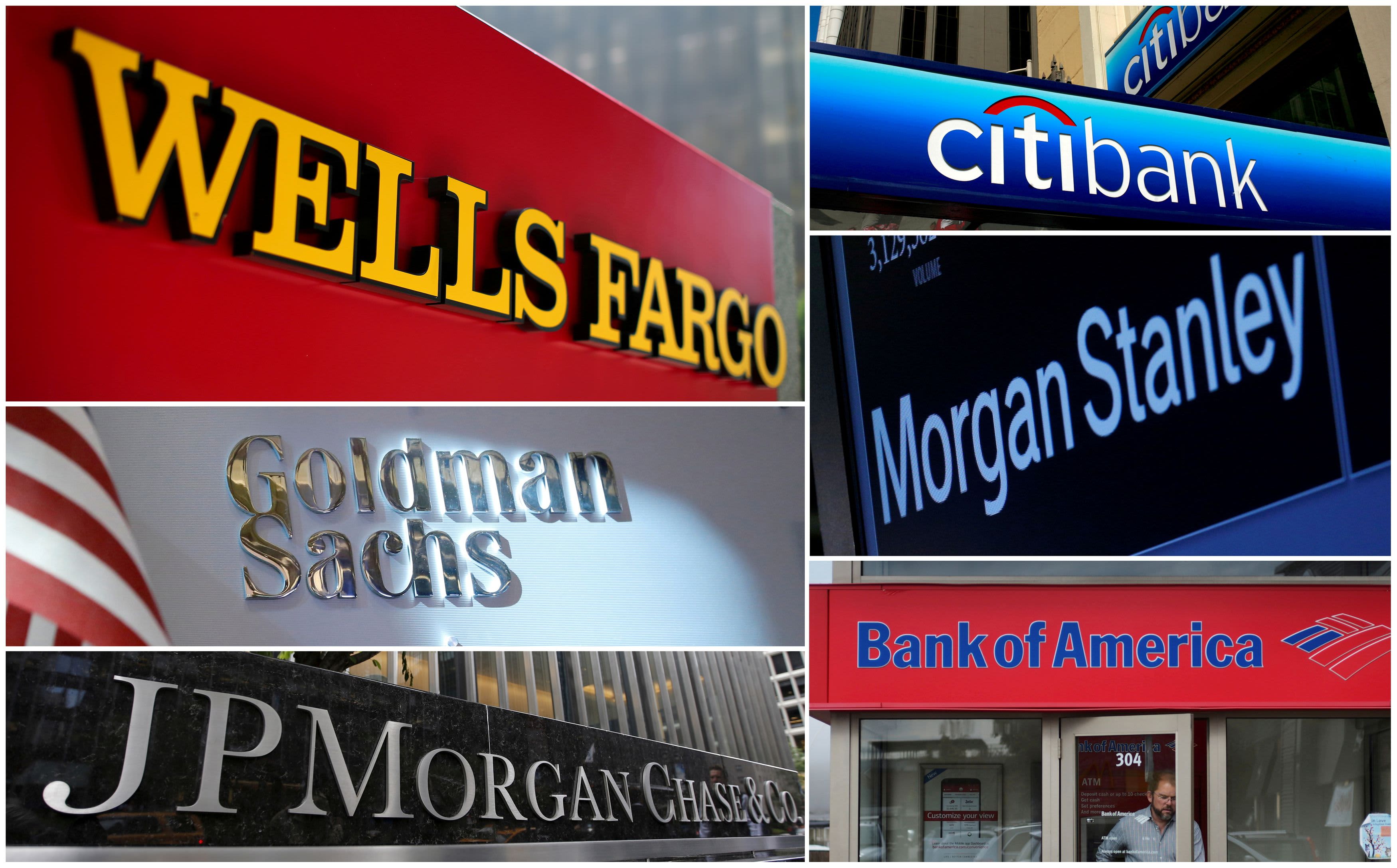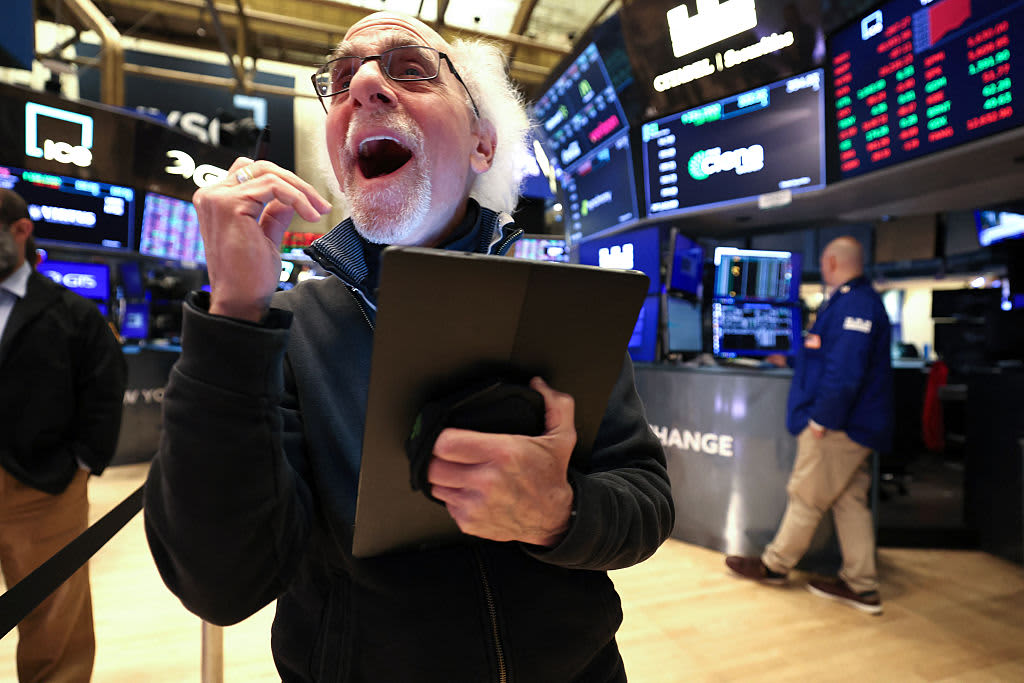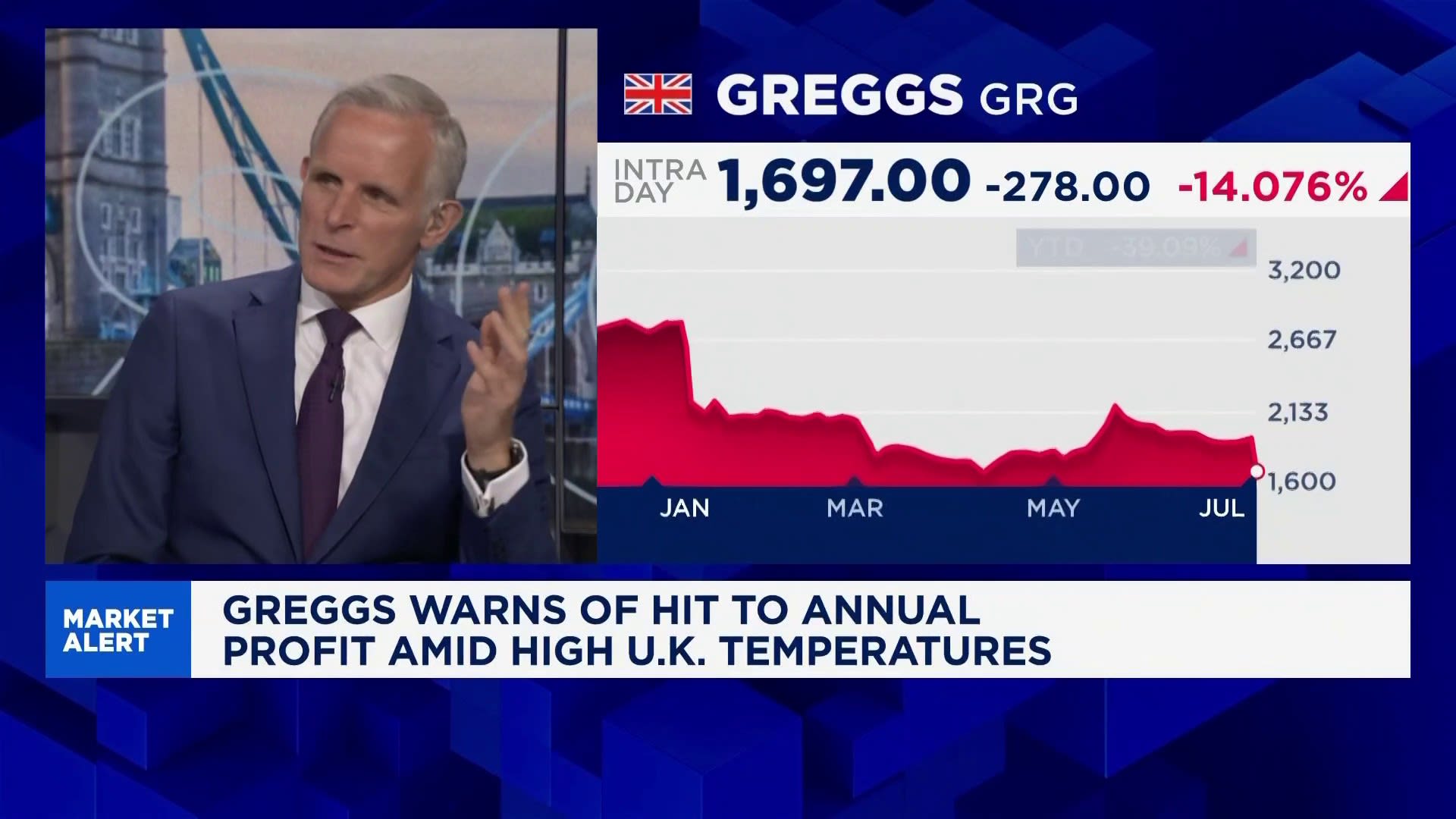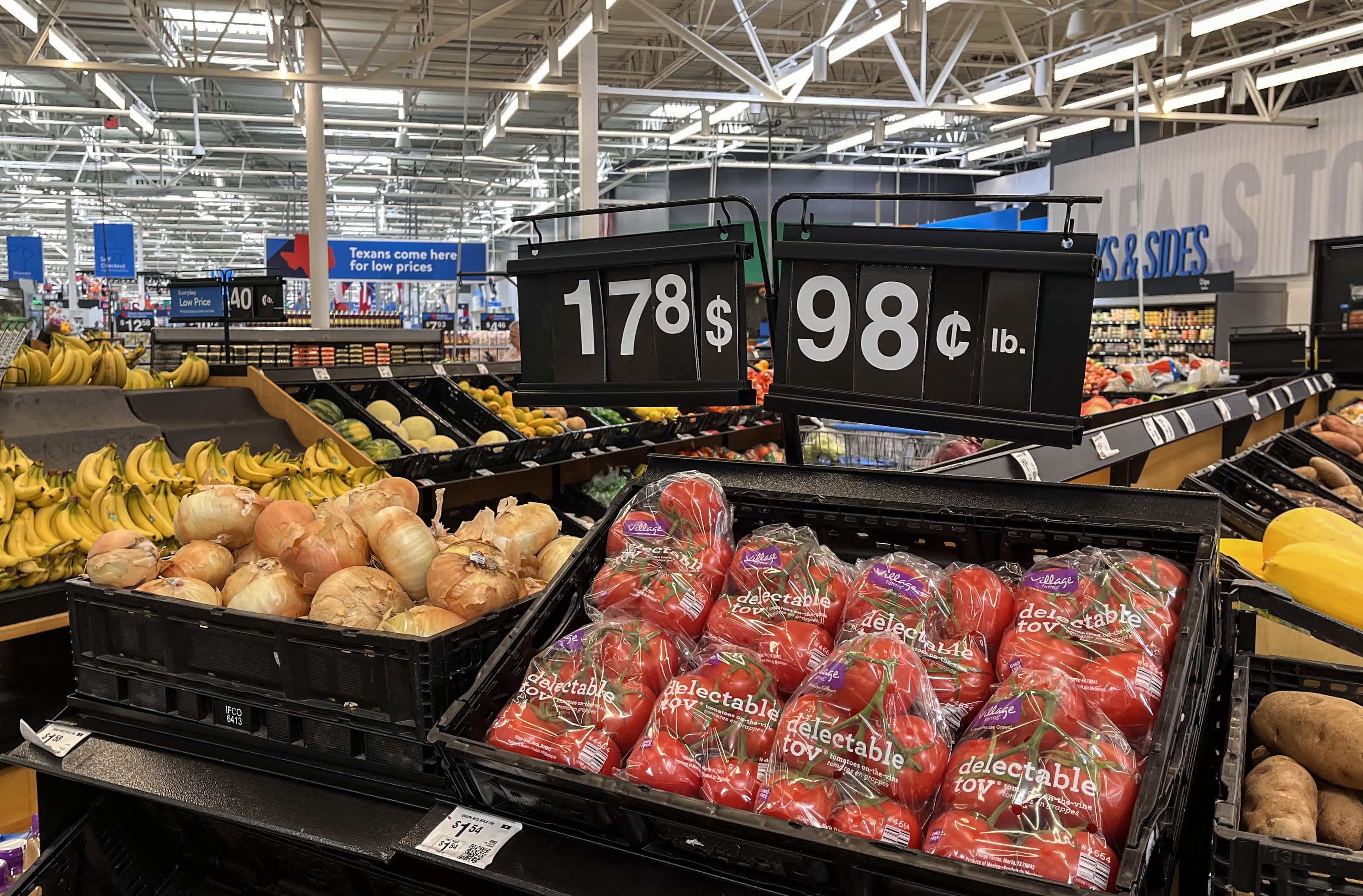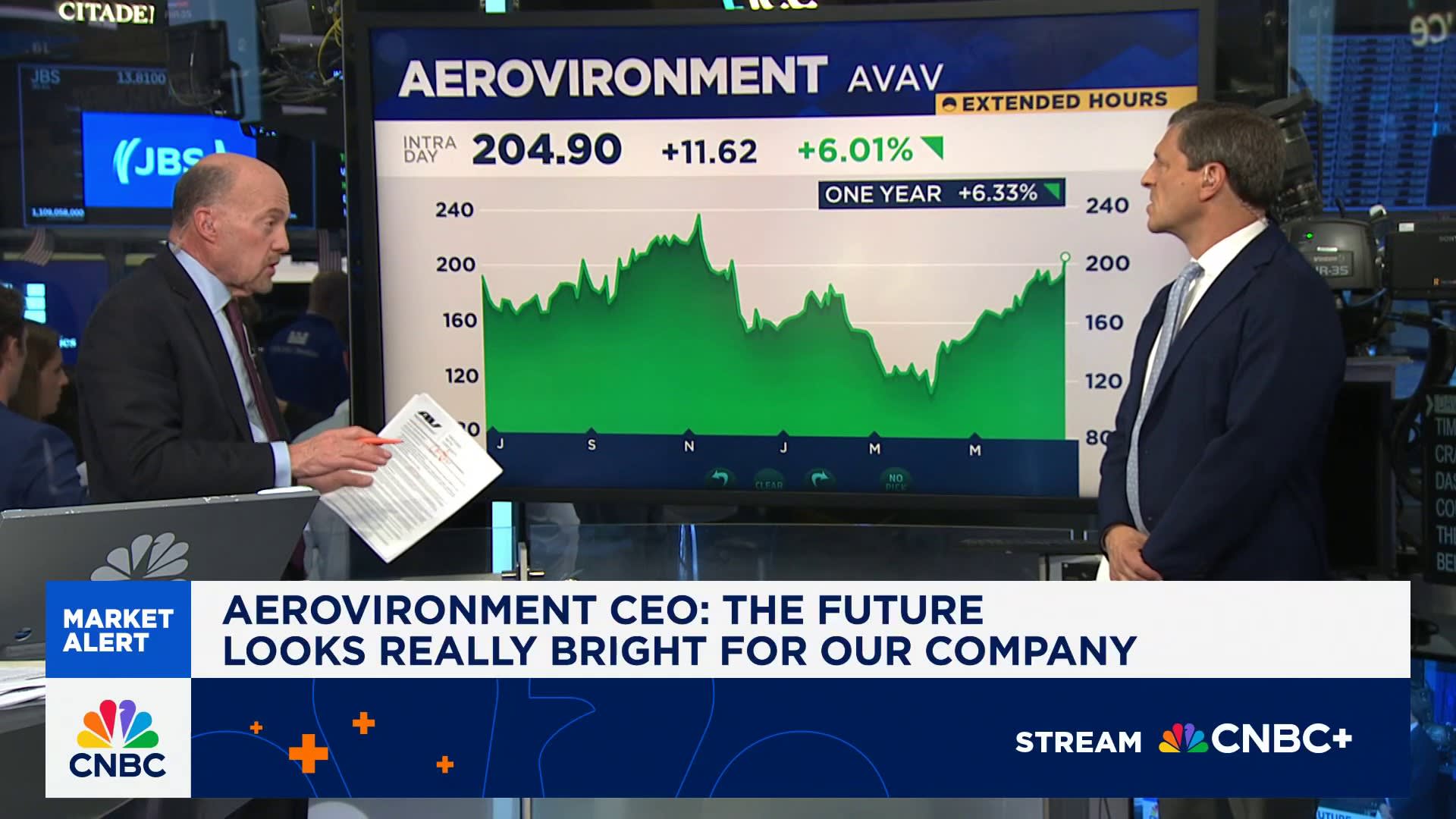Images By Tang Ming Tung | Digitalvision | Getty Images
Employers are increasingly putting workers’ 401(k) plan savings on autopilot.
But the positive impact of automated retirement savings is more muted than initially thought, new research finds.
Previously “underexamined” factors — like workers cashing out 401(k) balances when they leave a job — “meaningfully reduce” the long-term impact of policies like automatic enrollment and automatic escalation, according to a new paper published by the National Bureau of Economic Research.
Importantly, some of the paper’s co-authors — James Choi of Yale University, and David Laibson and John Beshears of Harvard University — are behavioral economists who pioneered early research into the positive effects of automatic enrollment.
“They are like the OGs [originals],” said David Blanchett, head of retirement research at PGIM, an investment manager. “These are the people who’ve been doing research on this topic now for decades.”
‘Not as positive as we had previously thought’
Automated savings has been a cornerstone of 401(k) policy since Congress passed the Pension Protection Act of 2006.
Policies like auto-enrollment and auto-escalation aim to boost the size of employees’ nest eggs, by automatically enrolling workers in their company 401(k) and then raising (or “escalating”) their savings rate over time.
In this way, people’s tendency towards inertia works in their favor.

About two-thirds of 401(k) plans were using auto-enrollment as of 2022, according to survey data from the Plan Sponsor Council of America, a trade group. Of them, 78% used auto-escalation.
Overall, their effect on savings is positive, “just not as positive as we had previously thought based on the research we had done before,” Choi said in an interview.
The group’s initial research didn’t track results for workers who left jobs where they’d been automatically enrolled.
This research update sought to do a broader analysis, incorporating factors like job turnover, Choi said.
More from Personal Finance:
You may be paying fees for cash back at retailers
Why some young adults are disconnected from the job market
The benefits of giving to a 529 college savings plan
Overall, Choi and his co-authors recently found that auto-enrollment raised average 401(k) contribution rates by 0.6 percentage points of income over workers’ careers.
That’s a 72% decrease in effectiveness from the 2.2-percentage-point boost that was extrapolated by the “results of early pioneering papers,” the paper said.
“You’re talking 1.6% of income less saved per year,” Choi said. “If you were to just add that up over a 40-year career, you’re talking more than a half year of income saved.”
When also accounting for compounding interest on those savings, it can amount to a “quite substantial” financial difference, he added.
The impact of 401(k) leakage
The disparity is largely a function of so-called “leakage” from 401(k) plans. meaning the early withdrawal of funds before retirement.
About 40% of workers who leave a job cash out their 401(k) plans each year, according to the Employee Benefit Research Institute. Such leakage amounted to $92.4 billion in 2015, according to EBRI’s most recent data.
Workers may withdraw 401(k) plan funds before their employer match is fully vested, meaning they’d forgo that free money.
Additionally, just 43% of workers defaulted into auto-escalation of their savings rates ultimately accepted a higher contribution rate after one year, the National Bureau of Economic Research paper found.
By comparison, early research conducted by behavioral economists like Richard Thaler and Shlomo Benartzi estimated that share around 85%.
Job turnover also complicates auto-escalation in addition to auto-enrollment, PGIM’s Blanchett said.
For example, a worker’s escalated contribution rate may reset at a lower savings rate if they were to join a new employer’s 401(k) plan.
While auto-escalation isn’t necessarily a reliable way to get people to save more money, auto-enrollment has proven “very successful,” Blanchett said.
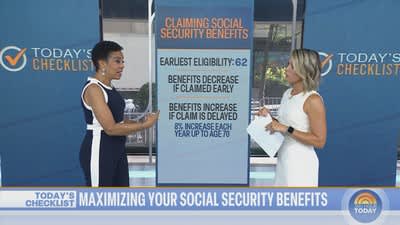
He believes the effectiveness of auto-enrollment shouldn’t be judged based on 401(k) leakage, which is a separate policy issue, he said.
“I think auto-enrollment does a spectacular job at getting individuals in the plan,” Blanchett said. “But we still have this massive leakage issue. It still exists whether you have auto-enrollment or you don’t.”
That said, there’s room for improvement with automated savings.
“I’d like us to get to a point where 7% or 8% is the median default savings rate,” Blanchett said.
When coupled with an employer match, the typical worker would be saving 10% or more of their salaries, a bar workers should generally strive for, he said.


